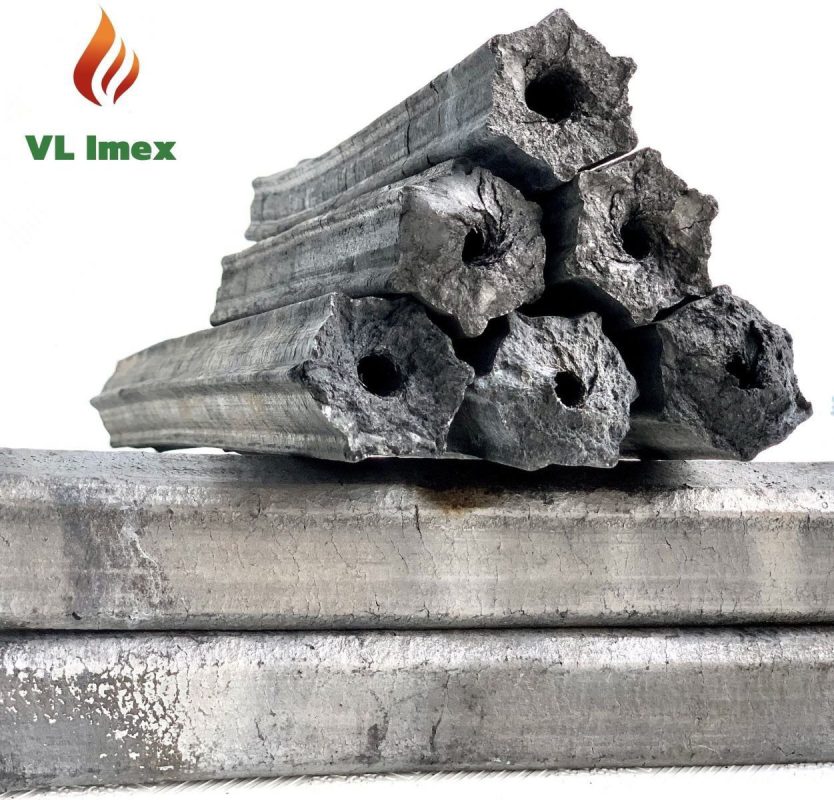Coconut coir is known as coconut fiber, a natural material extracted from the outer fibrous layer of the coconut shell. Known for its versatility and diverse applications, coir is widely used in various fields such as agriculture (planting, fertilizing), horticulture (creating living environments for plants), and home furnishings (producing furniture from natural materials).
The recent situation of the coconut coir market reflects the volatility and challenges that the industry is facing. Although coir has great growth potential, external factors such as price fluctuations, the impact of the Covid-19 pandemic, and over-reliance on a few key markets have caused many difficulties for the industry.

COCONUT COIR PRICE FLUCTUATIONS IN 2023
In 2023, the coir market witnessed a severe recession with sharp price declines. For example, in Indonesia – one of the leading producers of coir, the price of this raw material has dropped from USD 250/ton to only USD 90/ton in February 2024. Significant price declines have also been recorded in other markets, with coir prices falling by 68% within 12 months, from USD 131/ton to USD 42/ton in February 2023.
CAUSES OF COIR PRICE FLUCTUATIONS IN 2023
Over-reliance on the Chinese market: The coir industry has been over-reliant on the Chinese market for raw material supply. However, with the outbreak of the Covid-19 pandemic, the Chinese market has been virtually closed, causing disruptions in the coir supply chain. The sudden drop in demand from this market has put a lot of pressure on prices and led to a deep decline in prices in the global market.
Challenges from climate change and environment: Factors such as climate change and environmental pollution also affect the supply and quality of coir. Climate change not only reduces output but also changes the quality of the product, thereby affecting the price and stability of the market.
SOLUTIONS AND PROSPECTS FOR THE COCONUT COIR MARKET
Market diversification: It is necessary to seek and develop new markets to reduce dependence on some major markets such as China. Expanding export markets to regions with high and stable demand such as the European Union and North America will help increase diversification and reduce risks for the coir industry.
Product and technology development: Investing in research and development of new products as well as advanced production technology is an effective way to improve the quality and added value of coir. Adopting more sustainable and efficient production methods is also an important direction, helping to reduce negative impacts on the environment and increase the sustainability of the industry.

CONCLUSION AND OUTLOOK FOR THE COCONUT FIBER MARKET
Although the coconut coir market has faced many challenges in 2023, there are still great prospects for the industry in the future. By diversifying the market, developing products and technologies, as well as promoting environmental protection measures, the coir industry can overcome current difficulties and create opportunities for sustainable development. Working together on both an international and domestic scale will help to increase competitiveness and position the coir market in today’s global economy. At the same time, smart and sustainable management of raw materials and production processes will be an important factor to ensure that the coir industry continues to thrive in the future.
Source: Hiep hoi dua Ben Tre







